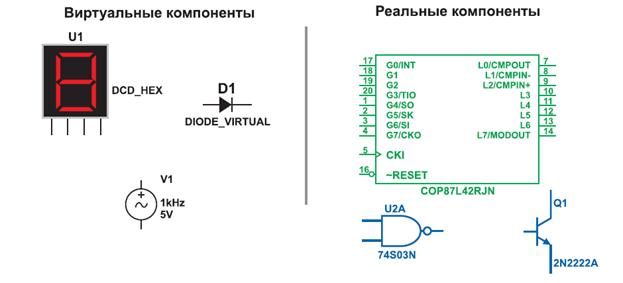METHODS
“Methods” is often the section that researchers write first. For most people, the methods section is also the easiest to write. This section may be very different in articles from various fields of science. In the humanities, methodology is often important and hotly debated matter: in some cases the aim of the article is to announce some development in method. On the other hand, in engineering, science, medical research, for example, established methods are much more available. A) Read an example of the methods section and answer the questions: To estimate the number of glomeruli and the average glomerular volume per kidney, we determined the number of points on the grid that touched the cortical area, including the glomerular area; the number of points on the grid that touched the glomerular area; and the number of glomeruli found in the reference section. Cortical areas with obvious technical artifacts were excluded. The sampling volume was calculated by multiplying total tissue area (the number of points on the grid that touched the cortical area x the grid area) by the thickness of the section (e.g., 3 μm x 8 sections = 24 μm). A correction for tissue shrinkage (x1.04) was made, and the resulting volume, multiplied by the specific weight of the fixed kidney, yielded the mass of the portion of the cortex being examined (m exam cor). The weight of the kidney under examination was divided by the weight of the total kidney cortex, yielding a ratio (m exam cor:m total cor). The number of glomeruli was then determined with the following equation: number = 1 ÷ (m exam cor:m total cor) x ΣQ-, where Q- is the number of glomeruli found in the reference section but not in the comparison section. http://hanyangowl.org/media/biomedical/methods.pdf http://mypages.valdosta.edu/mwhatley/3600/method.htm 1) What tense (present, future, past) is used in the passage? Why? 2) Consider the underlined phrases. Which of them are past passive and which past active? Is this switching acceptable in your field? Or should we have been more consistent? 3) Using the passive voice is more traditional, and some editors believe that using “we” is too informal. However, using the active voice (e.g. “we found that...”) is easier to read. It also draws attention to the authors. In the most competitive fields, authors are trying to find new ways to promote themselves, so many have started to use “we” more frequently. In a few biomedical fields, everyone uses “we” and in some other fields, no one does. However, in most fields, you or the journal editor may choose. What do you think you should do before you submit your article to the editor? 4) Look at the passage once again. Does the phrase with the active voice at the beginning of the paragraph describe the general method? Is the passive voice used for a more detailed description of the method in the rest of the paragraph? Do you think it is common? 5) Some researchers (Swales, Feak, Turner) recommend: “Use active sentences using “we” or “our” if you want to emphasize YOUR decisions, YOUR method, or YOUR innovation. For standard procedures, generally use the passive structure. Also use active sentences any other time you want to emphasize a point”. Do you agree? Give your reasons. 6) Occasionally, when the active voice is not necessary (as this is not an innovative or particularly interesting part of the procedure) and the passive would be difficult to read because of the long list, passive verbs can be changed to nouns or adjectives. For instance, approve àapproval, need ànecessary. Look at the sentences below and say whether the actor is mentioned. - The evaluation is needed. - The evaluation is necessary.
|




